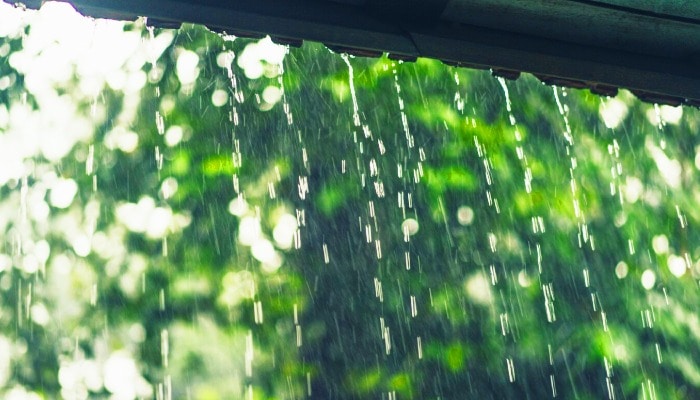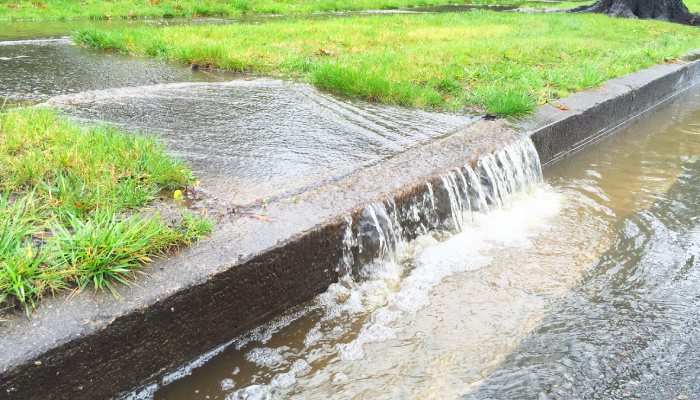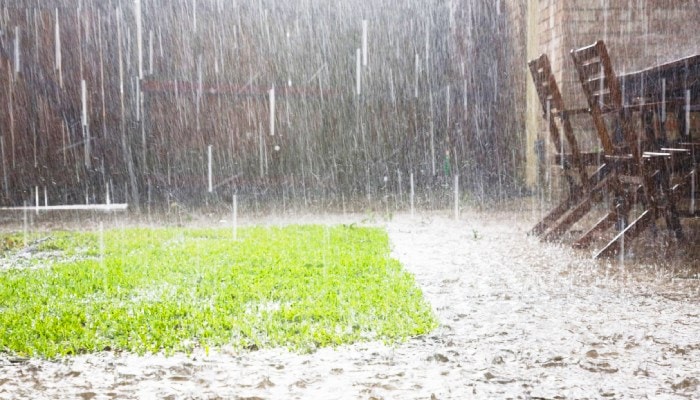After a heavy rain shower, you may have noticed puddles forming on the ground, water seeping up from beneath the earth, or even entire areas temporarily transformed into small ponds. This fascinating phenomenon might leave you wondering why, when it should be raining from the sky, water seems to rise from the ground. In this blog post, we will explore the science behind this peculiar occurrence and delve into the factors that contribute to water resurfacing after heavy rain.
Saturation and Percolation
The key to understanding why water comes up from the ground after heavy rain lies in the saturation of the soil and the process of percolation. When it rains heavily, the soil can become saturated as it absorbs large quantities of water. Once the soil reaches its maximum holding capacity, any additional water will remain on the surface or flow downward.
Percolation, on the other hand, is the movement of water through the soil. The speed and extent of percolation depend on various factors, including soil type, compaction, and topography. Sandy soils, for example, allow water to percolate quickly, whereas clay soils tend to slow down this process.

Water Table
Another essential element in this phenomenon is the water table. The water table represents the level below which the ground is saturated with water. During prolonged or heavy rainfall, the water table may rise, causing the groundwater to come closer to the surface. This can lead to the emergence of water in low-lying areas and even create temporary pools.
Capillary Action
Capillary action is the ability of water to flow in narrow spaces, against gravity, without external assistance. This phenomenon is why you may see water rising through the soil after heavy rain, particularly in areas with fine-grained soils. Capillary action allows water to travel upwards through the tiny spaces between soil particles.

Spring Activity
In some cases, heavy rain can stimulate the flow of natural springs. Springs are areas where groundwater naturally discharges to the surface. When the water table rises due to heavy rain, it can cause these springs to become more active and release water at a higher rate, sometimes leading to the emergence of water from the ground.
Surface Runoff
In addition to the factors mentioned above, surface runoff plays a significant role in water resurfacing after heavy rain. When the ground becomes saturated and cannot absorb any more water, excess water flows over the surface. This runoff can accumulate in low-lying areas, contributing to the temporary formation of ponds or waterlogged ground.

Conclusion
The phenomenon of water coming up from the ground after heavy rain is a result of several interrelated processes, including saturation, percolation, changes in the water table, capillary action, and the stimulation of natural springs. While it may seem mysterious, it is rooted in the fundamental principles of hydrology and geology. Next time you witness water emerging from the ground after a downpour, you can appreciate the intricate workings of nature that make it possible.



